Why Purpose is Powerful
We all want to know our lives matter. We all long for purpose. In corporate America, this translates into our vision and mission. There’s a great Bible verse that says, “Where there is no vision, the people perish.” When we don’t realize how what we do makes a difference, we lose hope. We perish. The same is true for our businesses. When our teams don’t understand their purpose or their vision, they struggle.
When our businesses fail to tell us how our specific job and role make a difference in the lives of our customers, in the lives of other employees, or in the survival of the company, we see high turnover and low employee engagement and poor customer satisfaction.
How can we provide vision and purpose for employees at all levels? There’s a few key things:
- We can build a vision and mission discussion into every hiring, orientation and onboarding conversation. If I know from the start, how my role makes a difference for our customer by making their work possible, their budgets work, their product save lives, I’m going to be more excited and motivated to do the work well.
- We can provide vision by making sure each employee knows how they impact the bottom-line of the company. This also creates a sense of accountability. All roles impact the bottom-line in some way. My role as a front-line supervisor shows new employees how deeply our business values and culture are embedded. My role in marketing gets our message across and helps us raise the funding we need to create awareness or medical research. My job analyzing data makes sure the organization is socially responsible. If I don’t understand my financial importance to the company, I simply don’t care. I do a haphazard, sloppy job. If I do understand my impact, I’m more likely to do quality work.
- Probably the simplest thing we can do is to speak the language of our vision again and again. On average, it takes someone 7-8 times of hearing something for that something to compute. If it takes that long for a general announcement to compute, then it’s going to take a lot more times for us to understand and own our vision as an organization.
Make sure your leaders know how they impact the bottom line. Make sure your employees know each thing they do matters and impacts your vision. In order to do that well, folks need to know your vision and mission. Can your employees succinctly tell you why your company does what it does? Do they know? If not, that’s step one. Communicate, communicate, communicate. Each decision should answer, “Does what we are doing reflect our purpose and mission? How?”
As a leader, I think it’s super easy to know subconsciously why we do what we do. However, even then, asking ourselves regularly and reflecting on why we do what we do is key to success. As a leader, I need to explicitly tie each decision back to the bottom-line.
As an employee, if you can focus your goals and professional development conversations around how your work reflects the vision, you’ll go farther than your colleagues. It’s win-win for you and the organization.
What we need is not just a surface level understanding of our purpose. We need to feel it at our core. This is a strong business need right now. Our Millennials want and need this from us. If you want to embed Millennials into your business, you need to know your business purpose and so do they.
While you can use vision as a hiring and retention tool, you can use it for so much more. You can use it to breathe life into your work. You can use it to impact and change lives. And, that’s what we all want from our day-to-day lives.
Keynote speaker, trainer, and consultant, Sarah Gibson, helps organizations leverage the power of communication, teamwork and diversity to improve engagement and transform teams. To buy her book or inquire about her speaking programs, please visit www.sarahjgibson.com.



